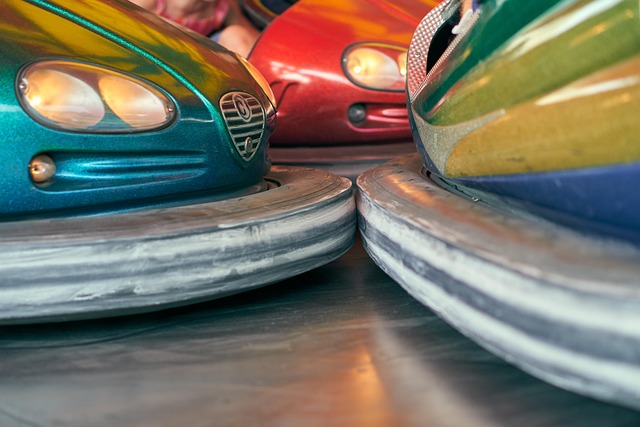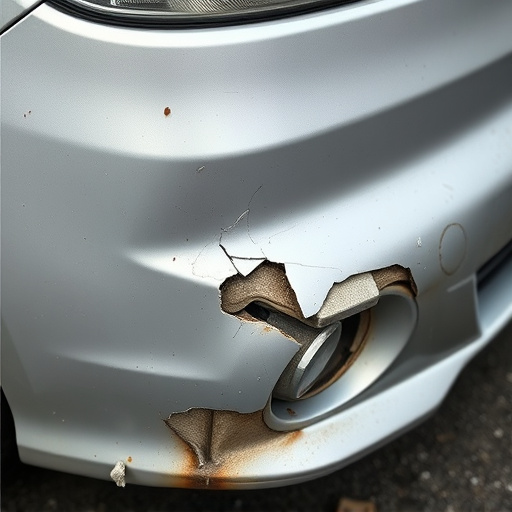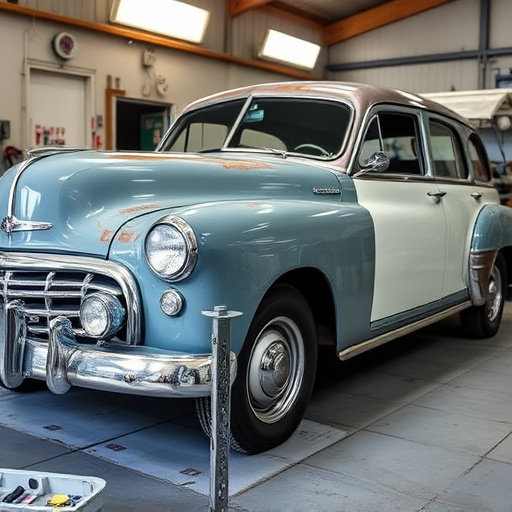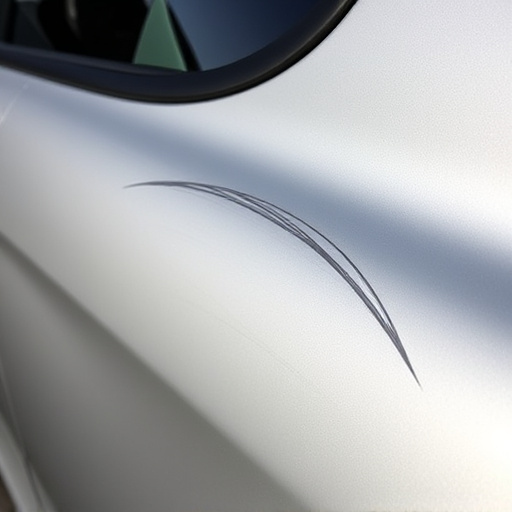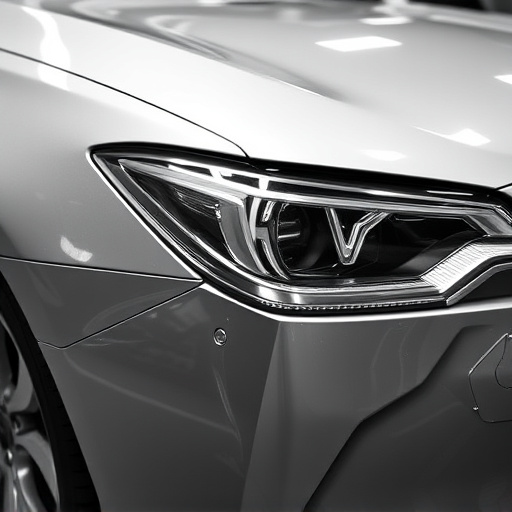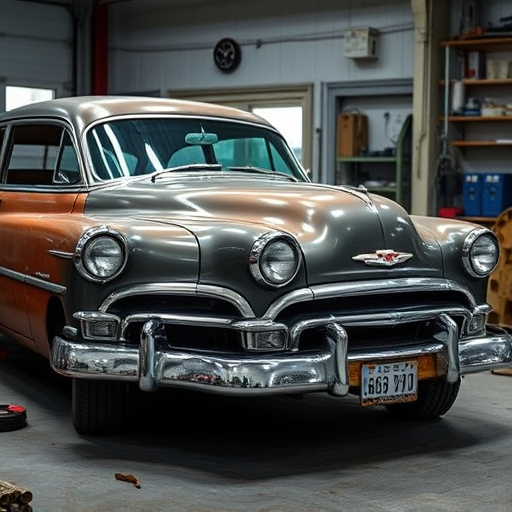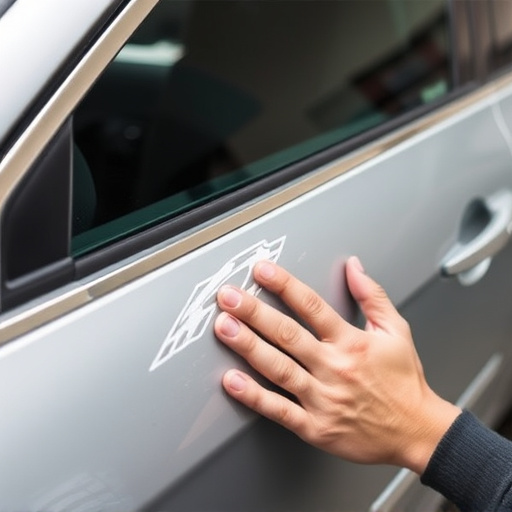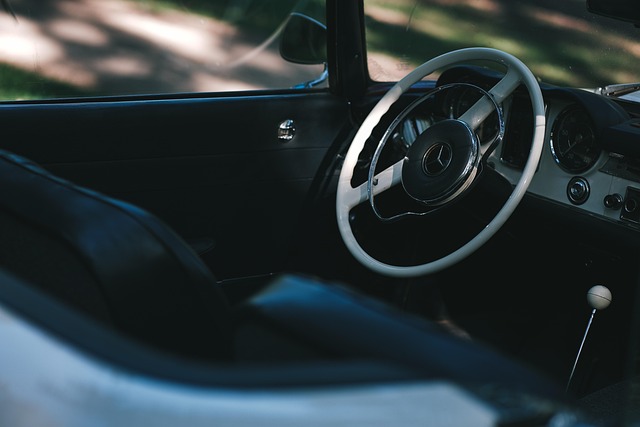Tesla vehicles can develop panel gaps due to thermal expansion, impact damage, or other factors, affecting aesthetics and potentially structural integrity. Visual imperfections may signal more serious issues like water intrusion and rust. Tesla panel gap restoration requires skilled technicians using advanced techniques and specialized tools to precisely restore damaged panels while preserving intact paintwork. This meticulous process includes inspection, surface preparation, filling with body putty, sanding, cleaning dust, and applying match paint for a professional finish, maintaining customer satisfaction and resale value.
Tesla vehicles are renowned for their sleek, modern design, but one common issue that owners face is the appearance of panel gaps along body panels. This article delves into the world of Tesla panel gap restoration, exploring the causes and effects of these gaps, with a focus on minimizing paint contact during the restoration process. We provide industry-leading techniques and a step-by-step guide to ensure your Tesla looks as good as new.
- Understanding Tesla Panel Gaps: Common Causes & Effects
- Minimal Paint Contact: Techniques for Precision Restoration
- Step-by-Step Guide: Restoring Gaps with Industry Best Practices
Understanding Tesla Panel Gaps: Common Causes & Effects
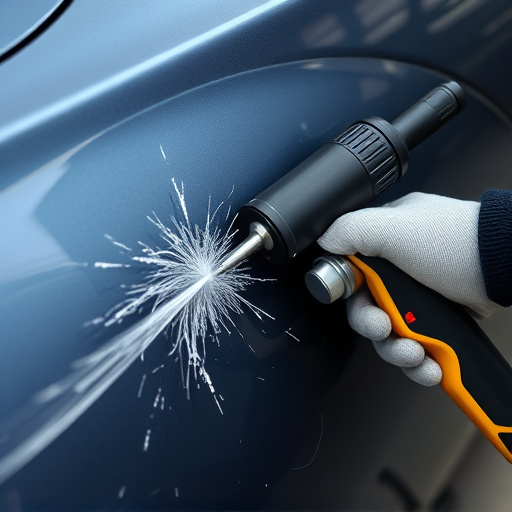
Tesla Panel Gaps: Unraveling Common Issues
Tesla vehicles are renowned for their sleek and modern design, but like any car, they can develop panel gaps over time. These gaps refer to the small spaces between exterior panels, which can occur due to various factors. One common cause is thermal expansion and contraction, where extreme temperatures cause metal panels to expand or contract unevenly, leading to misalignments. Another frequent culprit is impact damage, such as minor dents or dings from parking or low-speed collisions, which can disrupt the panel’s alignment. The consequences of these gaps are not just aesthetic; they can also compromise the vehicle’s structural integrity and seal, potentially impacting its overall performance and fuel efficiency.
The effects of Tesla panel gaps range from visual imperfections to more significant issues. Visually, these gaps may appear as uneven spaces between panels, visible when examining the car closely or under certain lighting conditions. In some cases, they can lead to water intrusion, causing rust and corrosion, especially in areas with high humidity. Moreover, severe gaps might affect how the car’s exterior wraps around the vehicle’s body, impacting aerodynamics and potentially reducing fuel efficiency. Recognizing these causes is the first step towards effective Tesla panel gap restoration, ensuring both the car’s beauty and safety remain intact through proper auto repair services.
Minimal Paint Contact: Techniques for Precision Restoration
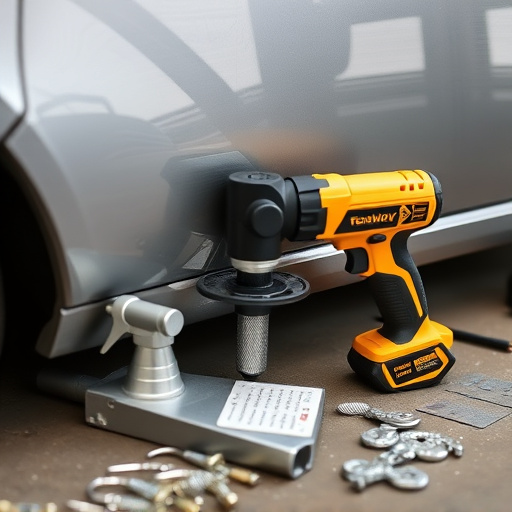
When carrying out Tesla panel gap restoration, minimizing paint contact is paramount to achieving a flawless result. Skilled technicians employ intricate techniques to precisely restore damaged panels without disturbing the surrounding intact paintwork. This meticulous process involves careful masking and shielding of adjacent areas, utilizing specialized tools for exacting cuts and shaping.
For fleet repair services or collision repair shops handling car repair services, mastering minimal paint contact techniques is a game-changer. It ensures that vehicles return to their owners in like-new condition, maximizing customer satisfaction. These advanced restoration methods not only preserve the vehicle’s aesthetic appeal but also maintain its resale value, making it a valuable skill for any professional in the automotive industry.
Step-by-Step Guide: Restoring Gaps with Industry Best Practices
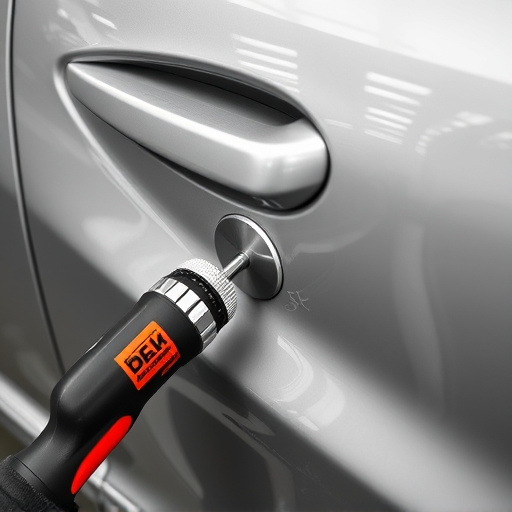
Restoring Tesla panel gaps requires precision and adherence to industry best practices for optimal results. Begin by thoroughly inspecting the damaged area, identifying the extent of the gap. Next, prepare the surface by cleaning it with a dedicated car wash and de-greaser, ensuring no residue remains. This step is crucial as it ensures a clean canvas for your restoration work.
For minimal paint contact, employ specialized tools designed for delicate repairs. Start filling the gap using high-quality body putty, applying even pressure to create a smooth surface. Once the putty sets, sand the area gently with progressively finer grits of sandpaper until the repair blends seamlessly with the surrounding car bodywork. After sanding, wipe down the surface to remove dust and debris. Finally, apply a thin layer of high-performance touch-up paint designed for Tesla models, ensuring even coverage for a professional finish that matches the vehicle’s original appearance, akin to top-tier collision repair services.
Tesla panel gap restoration is a precision art that, when executed correctly, can significantly enhance the vehicle’s aesthetics. By understanding the common causes of panel gaps and employing techniques for minimal paint contact, car enthusiasts can effectively restore their Tesla’s panels to industry best practices. Following the step-by-step guide ensures a meticulous process, resulting in a seamless and professional finish. This approach not only addresses visual imperfections but also preserves the vehicle’s value and uniqueness in the ever-evolving world of Tesla ownership.


